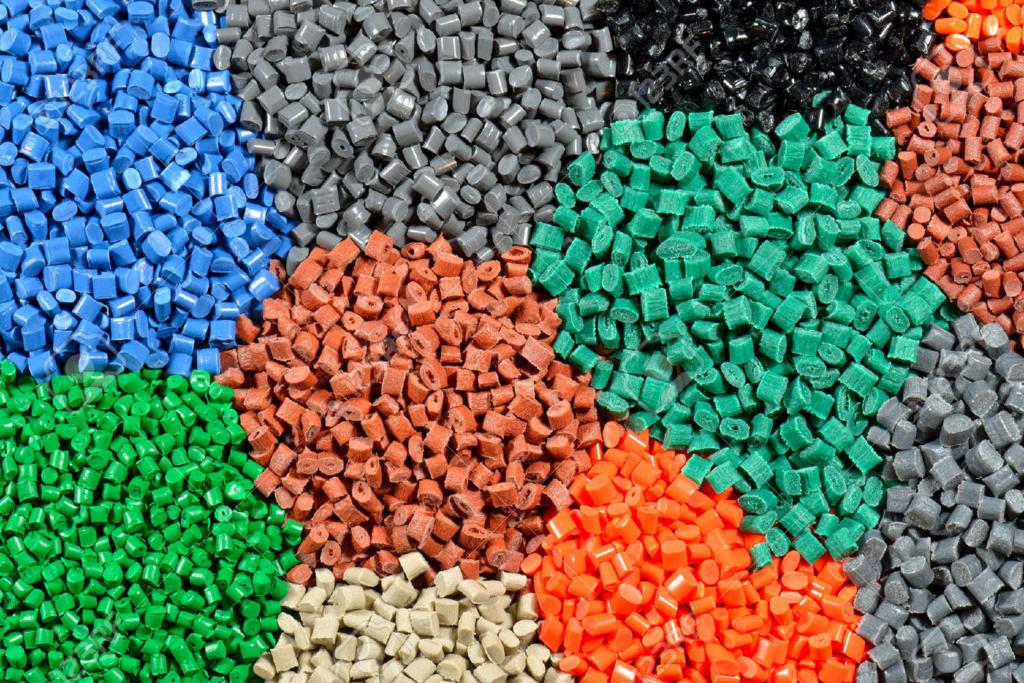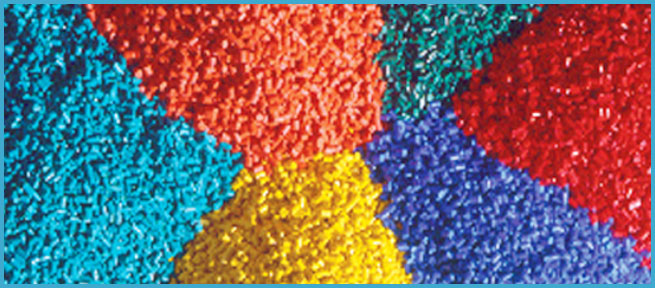Nylons

Nylons
Nylon is the generic term for a class of polyamides containing repeating amide groups (—CONH —.), connected by methylene units (—CH2— ) in the polymer structure. There are several types of polyamides, including the ureas, melamines, casein and other natural protein substances, which contain the amide groups, but these are arranged in a more complex polymer structure and have very different properties. The nylons are made by condensing a diamine with a dibasic acid. With the variety of diamines and dibasic acids available, many different types of nylons are possible. The most common types in commercial use today are nylon 6, nylon 66, and nylon 610. These numbers represent a convenient method of designating the nylons according to the number of carbon atoms in the segments or the starting diamine and dibasic acid from which they are made. For example, nylon 66 is made from hexamethylenediamine and adipic acid, both of which contain 6 carbon atoms. Nylon 6 uses caprolactam, a cyclic acid amide NH(CH2)5CO which contains 6 carbon atoms, as its starting material. The Nylon 610 is made from hexamethylenediamine and sebacic acid [HO-CO(CH2)8CO-OH], which contains 10 carbon atoms.
Nylon 66 is the older and more conventional type of nylon. It had its beginning in the late thirties as a synthetic fiber replacing much of the silk then used in making women's hosiery. It was not until after World War II that it was developed as a plastic. Since then it has gained in popularity because of its better heat resistance, greater strengths, and increased abrasion resistance, compared to most plastics. It is commonly used in such products as gears, zippers, fish lines, toothbrush and paintbrush bristles, plastic pipe, and tumblers.
The nylons are thermoplastics which melt at temperatures above 400°F to form a very viscous liquid, making molding of the plastic somewhat difficult. Their properties vary according to their composition and molecular weight
Nylon 6 was a German development before World War II, and was not introduced into this country until about 1952. It represents a slightly different type than nylon 66, its predecessor, as will be noted in the list of properties. Nylon 610 likewise is slightly different in properties from the other two, and consequently finds applications where the others are not suitable.

The nylons are sometimes referred to as "the mechanical plastics" because of their high strengths, all around toughness, and good resistance to heat, chemicals and electricity, thus permitting them to compete with metals in many applications. They can be readily extruded or injection molded on a mass production basis into intricate shapes and complex con tours with high precision. Because of their low coefficient of friction and good abrasion resistance the nylons are used for making gears, cams, bearings and bushings. Their excellent electrical resistance recommends them for various electrical components, such as fuse holders, insulating bushings and sockets, covering for wire and cable, coil forms, and switch components. The ever-growing number of household appliances contain nylon in their parts because of its wear resistance, quieter operation, and low maintenance, such as gears in mixing machines, rollers and slides for kitchen cabinet doors and drawers, washing-machine parts, and refrigerator shelf rollers.
Other important properties of the nylons include good chemical resistance to most solvents and chemicals, with the exception of strong solutions of certain mineral acids, phenolic compounds, and strong oxidizers. The nylons are light in weight, with specific gravities ranging from 1.08 to 1.14. The natural color of the nylons varies from light cream to amber, but they can be had in a range of colors by the use of pigments and special dyes. They are not attacked by fungi, insects or rodents, and can be easily steri lized at steam temperatures.
In summary, the nylons are noted for:
- (1) Good mechanical properties over a wide range of temperature.
- (2) Extreme toughness, even in thin sections.
- (3) High strength-to-weight ratio.
- (4) Dimensional stability at elevated temperatures.
- (5) Excellent abrasion resistance and low coefficient of friction.
- (6) Resistant to solvents, greases, oils, alkalies, dilute acids, etc.
- (7) Good electrical resistance.
- (8) Heat and cold resistance from -100° to 250°F.
- (9) Low permeability to gases and vapors.
- (10) Slow burning and self-extinguishing.
by topworks plastic mold,a plastic cap mould maker:http://www.myplasticmold.com/cap-and-closure-mould